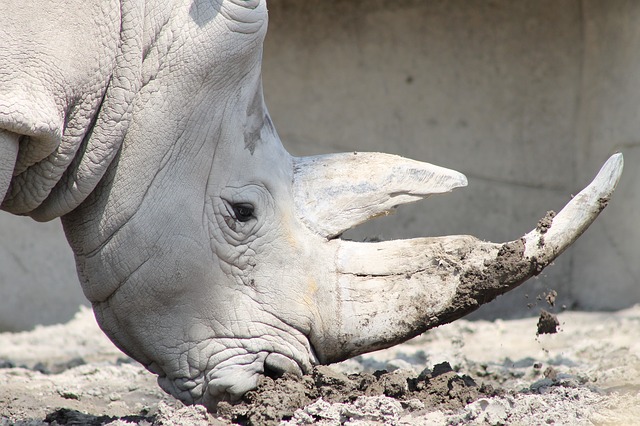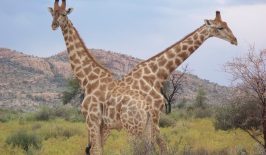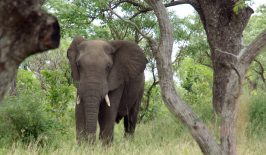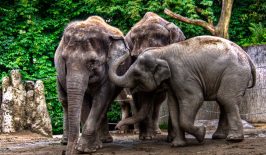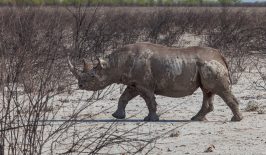The world’s first technology hub specifically dedicated to solving conservation issues has opened in the Ol Pejeta Conservancy in Kenya. The lab, which was opened in partnership with Fauna & Floral International (FFI), Liquid Telecom and Arm, aims to develop innovative solutions employing inter-connected technologies to protect endangered species from poaching, as well as better improve the general management of nature reserves worldwide.
In addition to developing conservation technology, the fact the lab has access to its own nature reserve means it can also be used as a testing environment for other researchers developing similar technologies, reducing the costs and improving accessibility for researchers internationally.
Currently, the Ol Pejeta laboratory is experimenting with advanced remote sensing applications operating through the Internet of Things. Supported by Sigfox – a Low Power Wide Area Network technology provided by Liquid Telecom – the Conservation Tech Lab has been developing new tracking devices to replace older radio collars. Their new, smaller devices not only have improved connectivity and battery life, but also are less obstructive to animals.
Additionally, the laboratory has developed a high-speed network for connecting personal devices and sensors in the reserve – providing increased visibility of the movement of animals.
At present, this technology is being used to track cattle movements in the reserve, however ultimately the Ol Pejeta plans to adapt the technology to monitor and protect its rhinos. The nature reserve is home to around 100 black rhinos – the largest such population in East Africa – as well the two remaining living southern white rhinos. In the future, the researchers hope to further harness the power of the Internet of Things and big data science to provide real time animal monitoring over an extensive landscape. Discussing the project, Joanna Elliott, Senior Director of Conservation Partnerships at Fauna & Flora International, stated:
“This is a critical and exciting time for conservation globally and we have only begun to scratch the surface of what is possible when it comes to applying technology to wildlife protection. As the world’s first technology hub dedicated to wildlife conservation, the Ol Pejeta Conservation Technology Lab will play a central role in building technology-enabled responses that can keep pace with the growing threats to global biodiversity.”
Technology is increasingly being seen as a powerful tool in the fight against poaching and improving wildlife management. Here are some of the ways various technological solutions have been used to protect biodiversity.
Artificial Intelligence
The ability of artificial intelligence and machine learning algorithms to speedily analyse information means they can drastically improve the efficiency of monitoring programs, which previously relied on human researchers laboriously scouring through information. Not only does this result in quicker results, the efficiency savings also reduce costs and allows manpower to redirected to other areas.
Previously, RESET has written about several conservation efforts, employing artificial intelligence to identify individual animals from photographs. Projects such as GiraffeSpotter has been teaming up the public wth AI to analyse their photos of giraffes, while facial recognition technology has also been experimented with to track animals – and their poachers. Similar technology has also been used to plot and plan for efficient ranger patrol routes.
Satellite Collars
Older collar tracking technology often relied on radio frequencies, which required researchers to be out in the field with an aerial which provided broad, imprecise information about the whereabouts of a particular animal. Although an important element in conservation, this older technology needed extensive effort to be fully effective and could only tell you where the animal was – not necessarily where it had been.
More modern collars working in conjunction with satellites in orbit can provide much better visibility as well as track the movements of an animal over a longer period of time. Such devices are being used in Tanzania to monitor the movement of elephants across the country. Not only has this made rangers work easier and quicker, but it also allows them to respond to threats in real time – such as a herd of elephants heading into a dangerous areas or towards a human settlement.
Drones
Advances in aerial unmanned vehicles, such as drones, have also had a major impact on conservation efforts. Drones can provide an eye-in-the-sky that can be used not only to spot animals, but also gather data about their habitats and changes to the environment.
Additionally, drones can also be used for more immediately practical solutions, such as providing supplies and movement of material in rugged, and rough terrain, assisting long term research efforts. This can save on the time, effort and cost of employing helicopters to perform similar roles.
For more on how tech is helping preserve the planet’s wildlife, click here to access Reset’s whole biodiversity archive.
